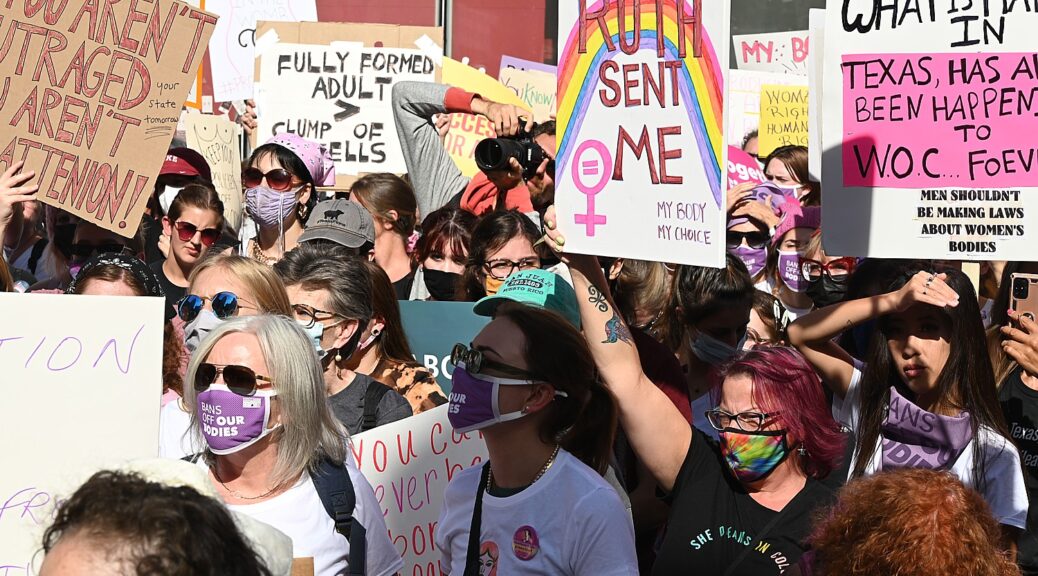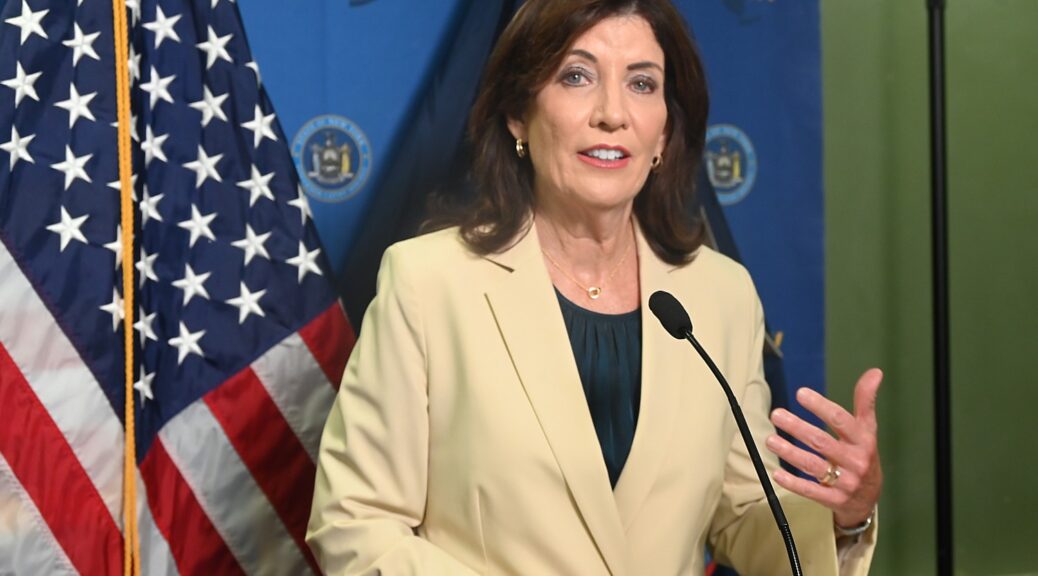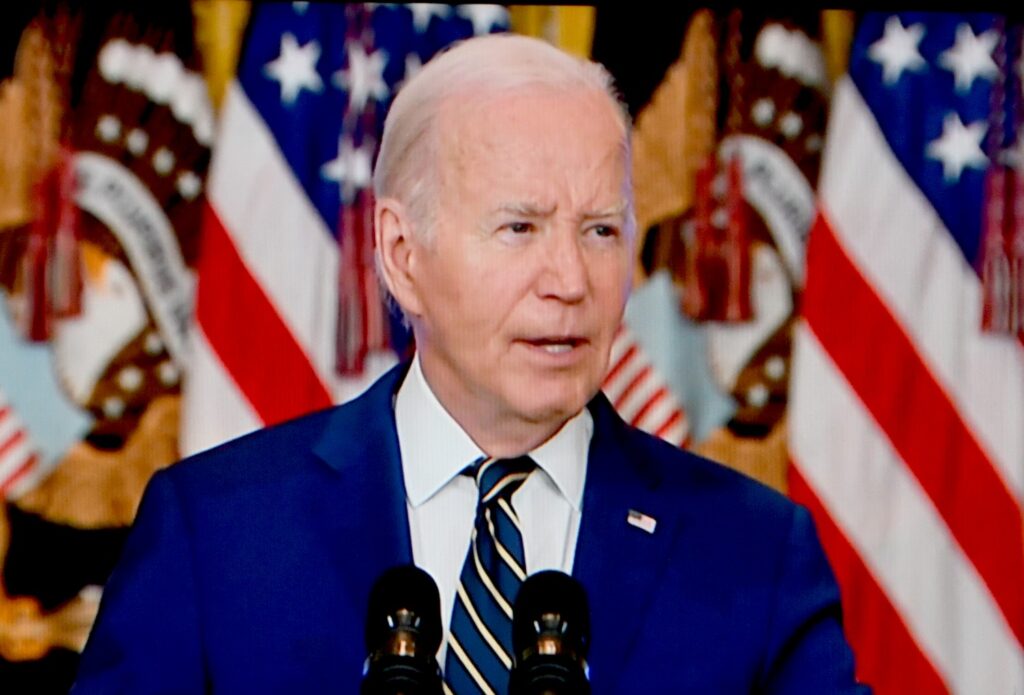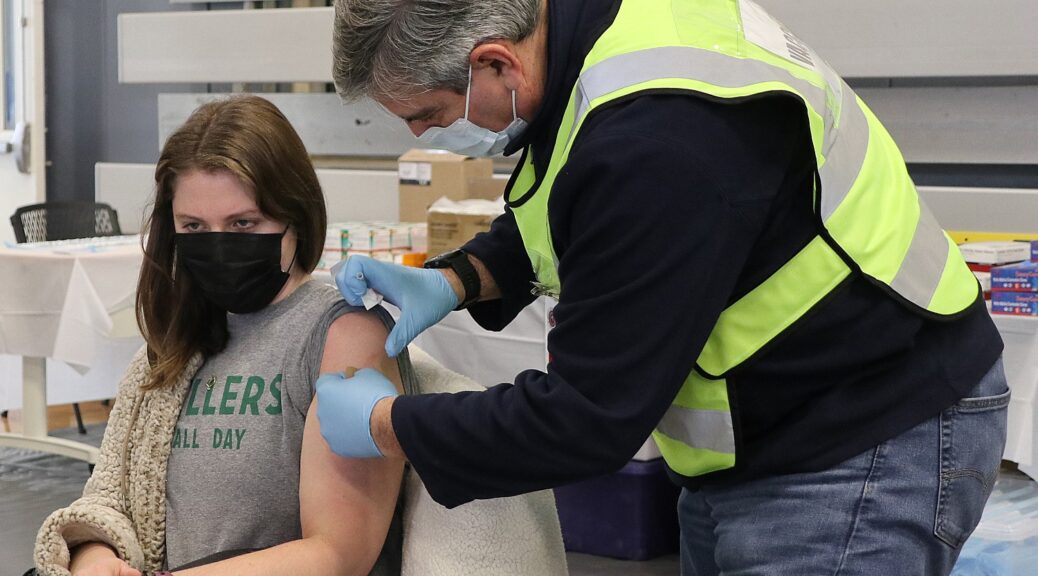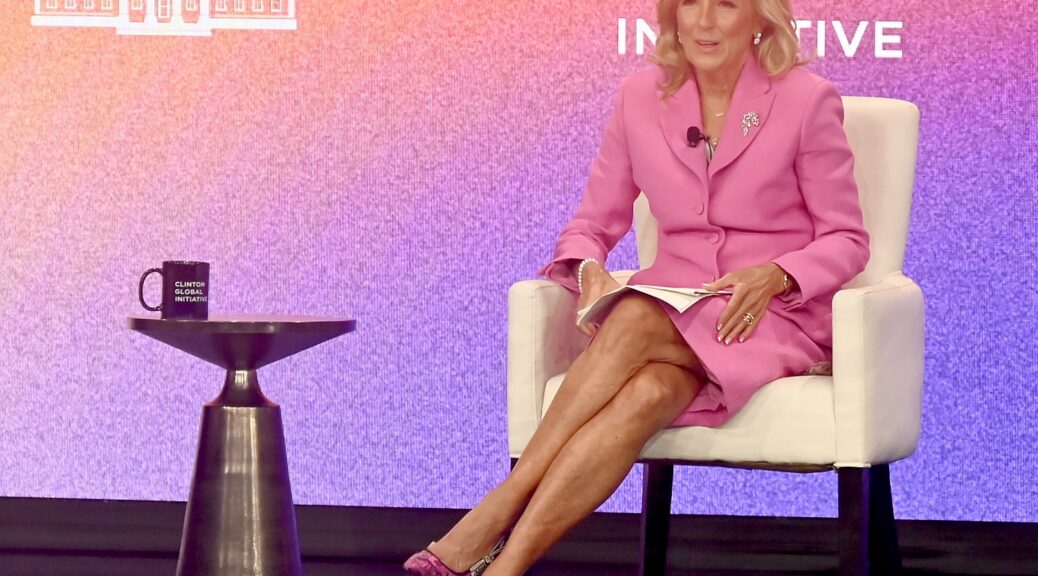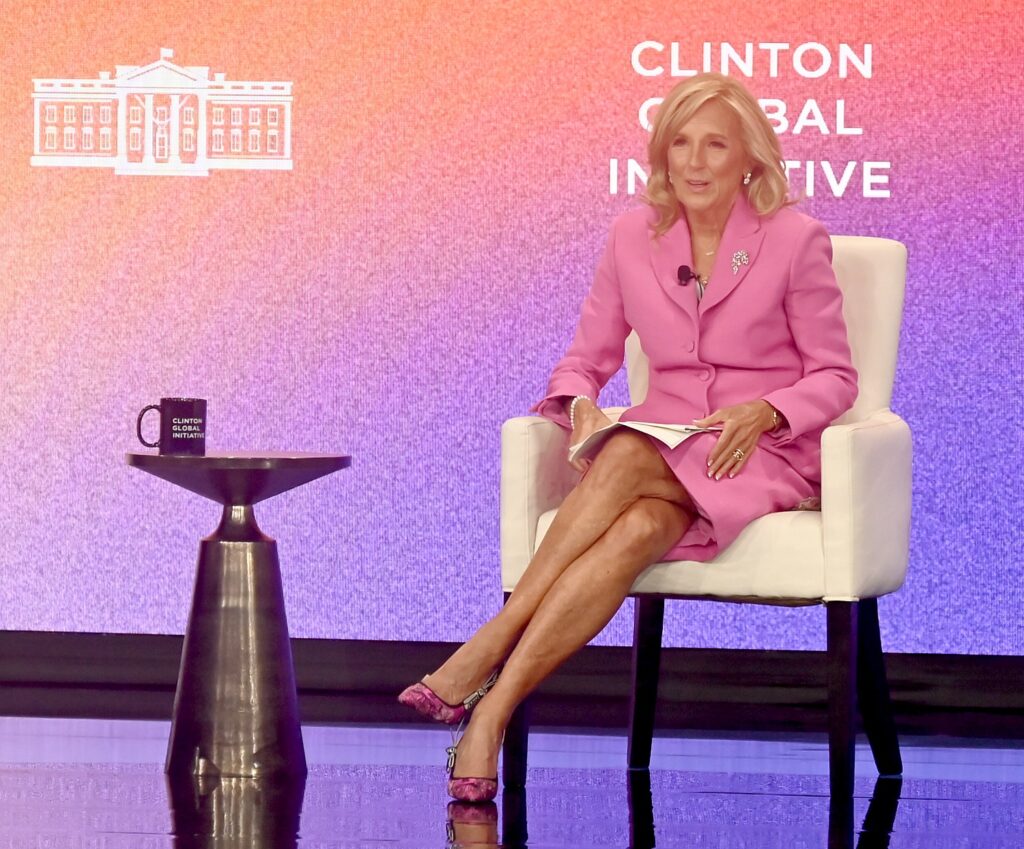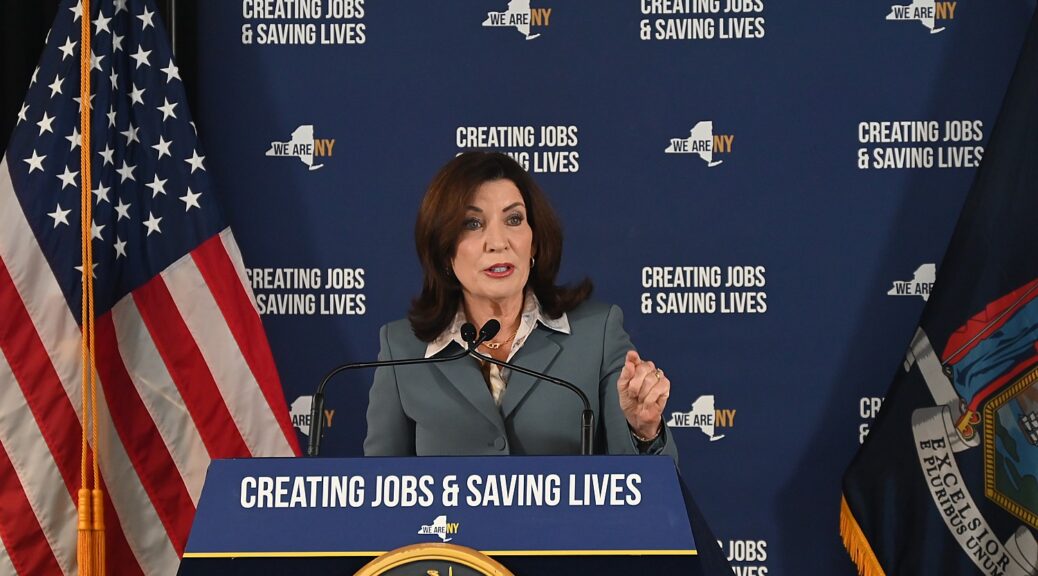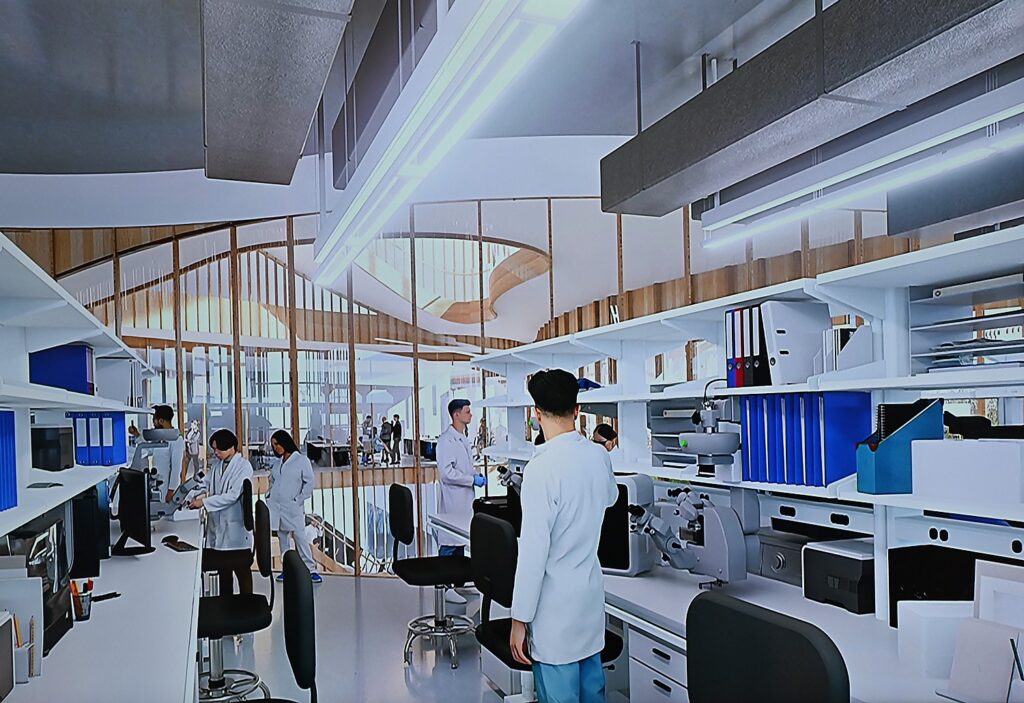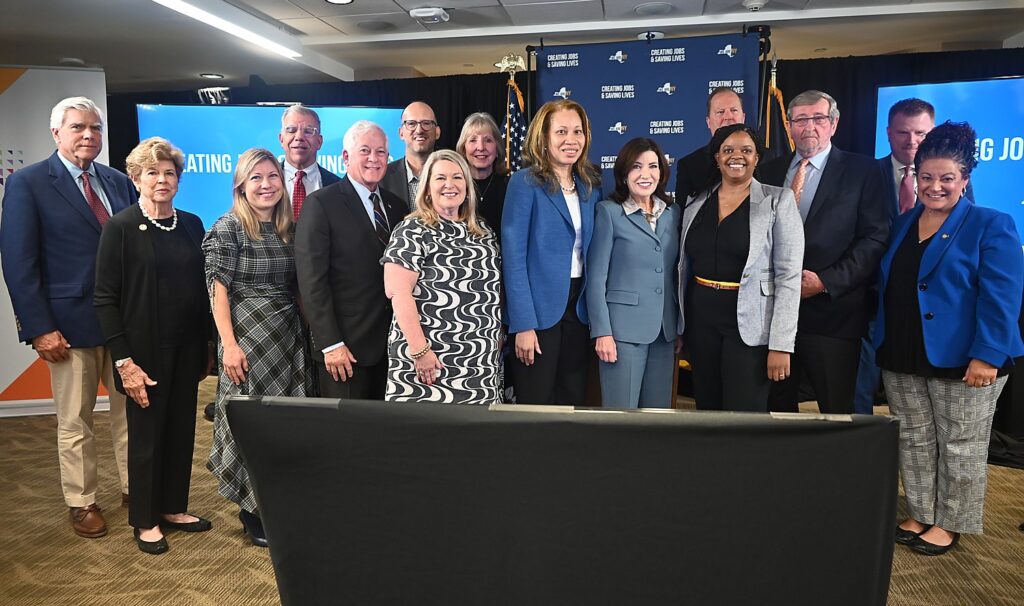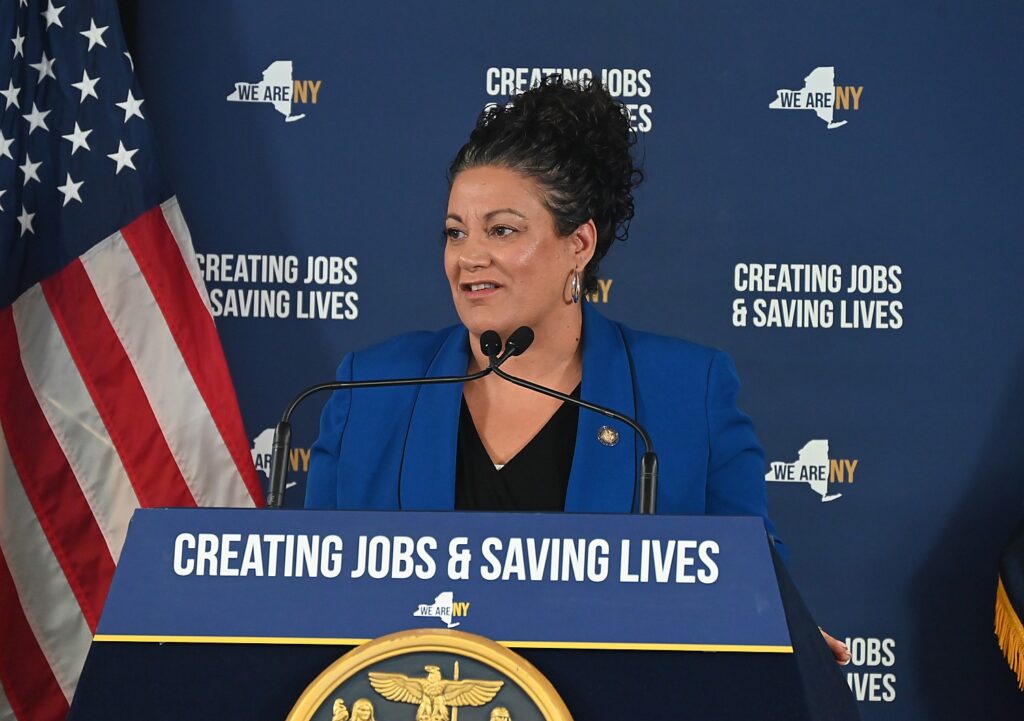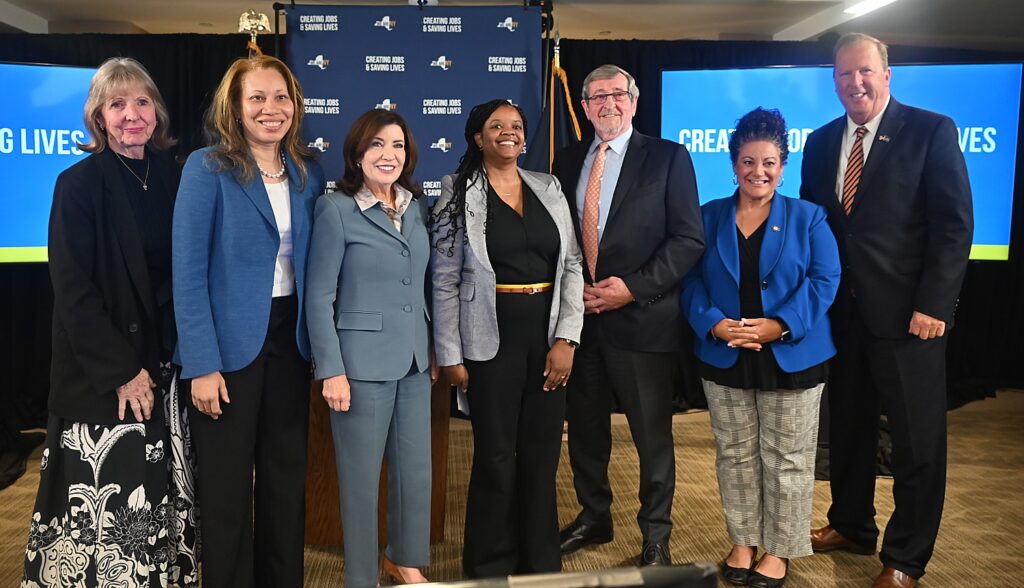Republicans Rip Away Health Care Coverage for Over 1.5 Million New Yorkers and Jeopardize SNAP Benefits for Nearly 3 Million New Yorkers
300,000 Households Projected To Lose SNAP Benefits Due to Harsher SNAP Work Requirements
All New York’s GOP Congressional Representatives Voted for These Cuts

Governor Kathy Hochul today released new data showing the devastating impacts of the Republicans’ “Big Ugly Bill” on New York State – supported by all seven New York Republican congressmembers. The data show the enormous scale of the recently-enacted law, including draconian cuts to Medicaid, hospitals and SNAP benefits, and the impact of those cuts on the millions of New Yorkers who rely on these lifeline programs and services.
“I’ve been very clear: no state can fully undo the damage in this bill or backfill cuts of this scale,” Governor Hochul said. “I’m working with the Legislature to brace for the impact and protect as many New Yorkers as possible because your family is my fight. I will never turn my back on New Yorkers or the values that we share.”
“Our NY GOP Congressmembers have sold out millions of New Yorkers in fear of retribution from Donald Trump,” State Senator Toby Ann Stavisky said. “This disgraceful bill continues a non-stop assault on our nation’s universities and seeks to destroy our educational institutions. I have worked hand-in-hand with Governor Hochul to keep our colleges affordable, accessible and of high quality and will continue to do so. These actions will ultimately hurt poor and middle class families, especially those in upstate and rural areas where our universities are the top economic driver. It’s an utter and complete betrayal of the people of New York State.”
State Senator Samra Brouk said,“The federal administration’s “Big Ugly Bill” betrays Americans by depriving them of health care coverage and raising healthcare costs across the board. It also enacts the largest SNAP cuts in American history. In New York State, many residents will lose healthcare coverage, hospitals will shoulder costs of uncompensated care, and increased medical bills will place a strain on anyone seeking care. Millions of New Yorkers will also be impacted by worsening food insecurity, loss of jobs in the food industry, and decreased SNAP funding for local farmers’ markets. This bill will cause irreparable harm to hardworking families and deepen inequity between working people and the ultra wealthy. New Yorkers deserve better–I will continue to fight for investments in our state, especially for children and working families, and prioritize the welfare of my neighbors.”
Essential Plan/Medicaid Cuts
Republicans’ cuts to health care and other benefits will hurt all New Yorkers. The changes will eliminate insurance coverage for millions of New Yorkers, destabilize health insurance programs statewide, and have an overall fiscal impact on the State and the New York health care system of almost $13 billion per year. These changes will make it harder for providers statewide to keep operating, making it more difficult for all New Yorkers to find care when they need it.
- More than 2 million New Yorkers will lose their current insurance coverage, including approximately 730,000 lawfully-present non-citizens who could lose Essential Plan (EP) coverage as over half of EP’s budget — $7.5 billion in federal funding — is eliminated, and a further 1.3 million New Yorkers who will lose Medicaid coverage due to new eligibility and verification hurdles.
- Of these 2 million people, 1.5 million New Yorkers are anticipated to become uninsured, with uncompensated care costs to hospitals and providers estimated to rise to over $3 billion annually —which means less access to care and higher medical bills for New Yorkers.
- Analysis from the Greater New York Hospital Association (GNYHA) and the Healthcare Association of New York State (HANYS) estimates a total $8 billion in annual cuts to New York’s hospitals and health systems, which could force hospitals to curtail critically needed services such as maternity care and psychiatric treatment, not to mention to downsize operations, and even close entirely. These consequences will not only affect Medicaid enrollees, but also harm everyone who requires hospital care, leading to longer wait times and less access to critical services.
The size and scope of the Rural Transformation Fund included in the law — an average of $10 billion annually for 5 years for rural hospitals nationwide — is wholly inadequate to meet the needs of our State. Adding insult to injury, none of these funds are guaranteed to reach any New York State hospital.
SNAP and Nutrition Assistance
Since the inception of SNAP, the federal government has funded these benefits 100 percent, receiving bipartisan support from presidents of both parties and in Congress.
For the first time in history, the Republicans’ enacted law requires states to contribute to the cost of benefits, or risk having to end their SNAP programs entirely — jeopardizing a program that nearly 3 million New Yorkers rely on to put food on the table. New York State will be required to fund 15 percent of all SNAP benefits starting as early as October 1, 2027, at an estimated cost to the State of $1.2 billion per year. It further cuts the federal share of SNAP administrative costs from 50 percent to 25 percent which will increase costs for the State by roughly $36 million annually, and increase costs for counties and New York City by roughly $168 million annually. Counties will have to begin incorporating this fiscal hit into their 2026 budgets due this fall. In total, New York and local governments are facing up to $1.4 billion in new costs annually.
The law also imposes more punitive administratively complex work requirements on SNAP recipients, which will make it harder to qualify for assistance. As a result, 300,000 households are projected to lose some or all of their SNAP benefits, with an average loss of $220/month, devastating low-income families’ grocery budgets.
The law also cuts funds for the SNAP-Ed New York Program, which promotes healthy eating and efficient use of already modest SNAP benefits by teaching SNAP beneficiaries how to shop for and cook wholesome, healthy meals on a limited budget. As a result, New York will lose $29 million annually that funded this work by 18 community-based organizations throughout the entire State including Cornell Cooperative Extensions in Albany, Allegany, Erie, Wayne, Oneida, Onondaga, Orange, St. Lawrence, Steuben and Suffolk counties.
Beyond worsening food insecurity and malnutrition, cuts to the program will hurt local businesses and weaken SNAP’s ability to boost local economies in every state. The U.S. Department of Agriculture’s (USDA) own research has shown that SNAP benefits have a multiplier effect, with every $1 spent on SNAP benefits generating $1.54 in economic activity as recipients spend their benefits at local businesses in their communities. For New York, where a total of approximately $7.4 billion in SNAP benefits are issued every year, that means $11.5 billion in economic activity is generated annually across urban, suburban, and rural areas alike.
Slashing families’ grocery budgets would reduce revenue for thousands of businesses, with ripple effects throughout the food supply chain. If states are forced to end their SNAP programs, in addition to increasing hunger and poverty, grocery stores in rural areas will struggle to stay open, people in agriculture and the food industry will lose jobs, and State and local economies will suffer:
- Lost SNAP sales and matching dollars will have a critical impact on local economies and the more than 18,000 retailers that accept SNAP in New York State, including grocery stores, local shops and more than 400 SNAP-authorized local farmers’ markets and farm stands that can be found in every county in New York selling New York agricultural products to the people in their local community.
- SNAP sales in the farming community have dramatically increased since 2019, providing New York consumers access to healthy, farm fresh foods and providing our farm communities additional economic development dollars.
- As the State matches SNAP dollars spent at farm markets through the Fresh2You FreshConnect program, the hit to farms of decreased SNAP funding is doubled.
New York State Health Commissioner Dr. James McDonald said, “This bill undermines health care for millions of New Yorkers, dismantles vital services, and places our most vulnerable families in jeopardy. With the support of Governor Hochul, we remain unwavering in our commitment to safeguarding the health and well-being of all New Yorkers, ensuring they continue to receive the care and support they rightfully deserve.”
“The historic cuts and cost shifts related to SNAP enacted last week will take food off the tables of hundreds of thousands of New Yorkers and shift billions of dollars in costs onto the backs of the State and local governments in New York, while weakening the very safety net families rely on when times are hard,” New York State Office of Temporary and Disability Assistance Commissioner Barbara C. Guinn said. :As the State agency tasked with administering SNAP and other essential support programs, we are deeply concerned, not only for the immediate harm to individuals and families, but for the continued erosion of the social safety net that has helped support low-income New Yorkers across the state. At a time when so many households are struggling with the high cost of food, rent, and energy – we should not be reducing access to vital economic supports.”
State Senate Majority Leader Andrea Stewart-Cousins said,“By passing this bill, House Republicans have rubber-stamped Donald Trump’s cruel and dangerous agenda, one that rips Medicaid away from 1.5 million New Yorkers, slashes $13 billion from our healthcare system, and raises costs for working families. As we continue to assess the full scope of these devastating cuts, it’s clear that the damage will leave our state deeply vulnerable. All of the progress we’ve made is under threat. No state can fully fill the hole this bill has blown open but we are committed to doing everything in our power to protect New Yorkers and keep our communities thriving.”
“This bill will devastate the lives of countless families across our state, especially our most vulnerable neighbors,” Assembly Speaker Carl E. Heastie said. “By cutting vital programs like SNAP and Medicaid, the administration has indicated that they care more about the pockets of their billionaire friends than they do about the families, children and people with disabilities that rely on this funding to survive day to day. I am truly disgusted by the public servants – especially New York’s seven Republican members of Congress – who voted for this and continue to lie about the impact this will have on their communities. They should be honest about the fact that they stood by their billionaire donors at a cost of their neighbors’ access to food, healthcare and essential services.”
Assemblymember Amy Paulin said,“As Chair of the Assembly Health Committee, I am deeply alarmed by the catastrophic impacts of the federal bill. Slashing Medicaid and Essential Plan funding will strip health care coverage from over 1.5 million New Yorkers and devastate our hospitals and providers — all while driving up costs for everyone else. These cruel and short-sighted cuts, combined with the gutting of SNAP benefits, will worsen health outcomes, increase hunger, and punish all of us.”
“This bill is a betrayal of the people we are meant to serve. It turns its back on our most vulnerable, gutting the support they need to stay healthy, fed, and secure,” Assemblymember Jo Anne Simon said. “At its core, this bill is a giveaway to the wealthy, sacrificing the needs of hard-working families for billionaires’ gain. As a result, everyday New Yorkers are left with impossible choices and an uncertain future. New York will keep fighting to protect our communities and build a future rooted in care, dignity, and justice.”
Assemblymember Alicia L. Hyndman said, “This so-called ‘Big Ugly Bill’ is a direct assault on the most vulnerable New Yorkers—gutting essential health care, food assistance, and educational opportunity in one fell swoop. The harm is staggering: millions of people could lose health coverage, families will struggle to put food on the table, and students will face higher barriers to higher education. These are not just numbers—they’re lives. We in New York refuse to sit idle while Washington plays politics with our communities’ survival. I stand with Governor Hochul in fighting to protect every New Yorker’s basic dignity, health, and future.”





